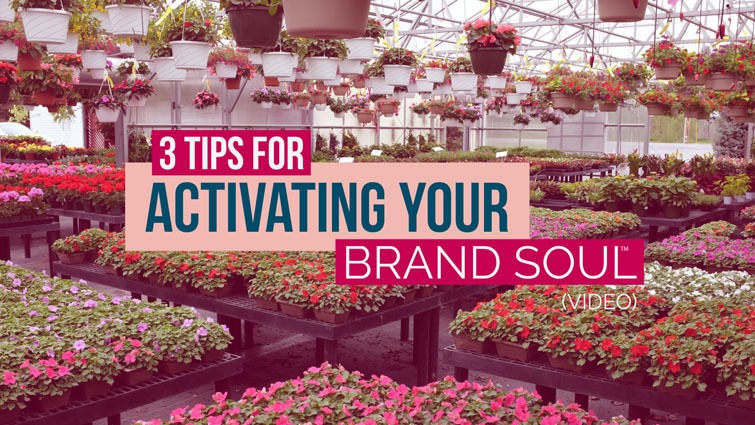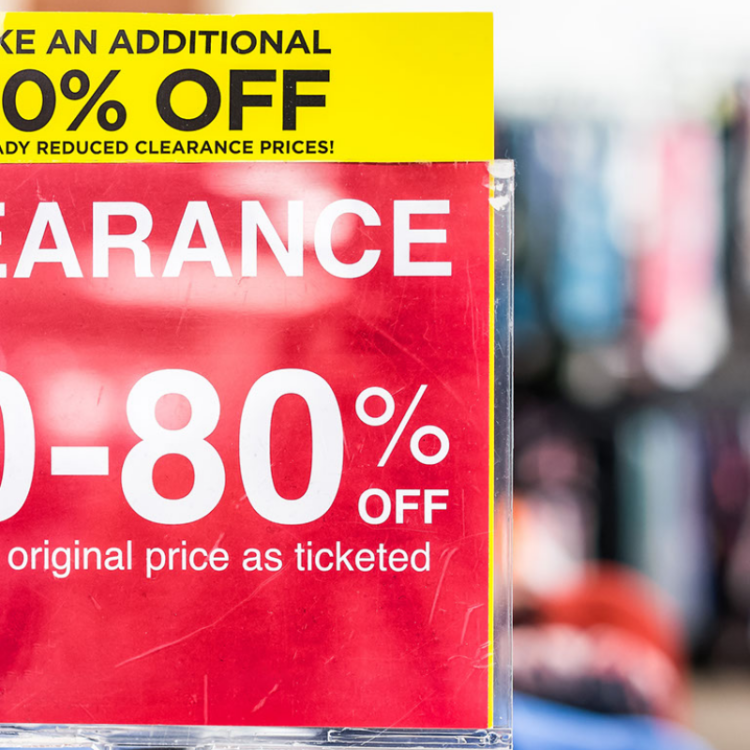The Four Pillars of Experiential Retail [Part 1]
In recent years, thousands of brick-and-mortar shops have closed. Is the end of the line for traditional retail near?
It’s easy to get caught up in doomsday scenarios, but physical stores can still thrive well into the future. The solution is for shops to become more than stores, to transform themselves into gathering spaces that enrich the lives of individuals and communities. It’s a lofty goal, but one that’s exciting for entrepreneurs to realize.
The Town Square Phenomenon
For centuries, town squares have served as social and commercial hubs. Typically, such a square would have a marketplace, a garden, art displays, and places for musicians to perform or politicians to speak. A trip to the town square has always been enlightening and fun, it becomes an experiential destination!
These days, individual stores are poised to replicate the town square experience of old. For instance, instead of simply selling groceries, your local supermarket could host farmers markets, wine bars and tasting parties, even other events related to food and beverages.
When it comes to turning stores into gathering spaces, Apple is leading the way. In 2017, it started to call its stores “town squares,” and it began sharing its new concepts. The company announced that its retail spaces would contain a variety of assembly and performance areas including, plazas with trees and boardrooms that businesspeople could use.
The Four Pillars
The notion of reworking your store into a gathering space might seem daunting at first. One way to ease this process and make it more organic is to keep the four pillars of experiential retail in mind. They’re the fundamental building blocks of town square commerce.
As you create a welcoming physical space for your customers and develop programs in which they can take part, these pillars will clarify your vision and guide all of the decisions, large and small, that you’ll make. A retailer that supplies or possesses these four elements is a powerful business force.
1. Community
Your store should help customers meet other people who share certain hobbies or interests. Fashion shows, trivia contests, baking competitions, and other social events can greatly boost a retailer’s sense of community.
Educational programs are especially important. For instance, the kitchenware brand Sur La Table offers cooking classes to its patrons. People love to learn new skills. Moreover, when consumers attend workshops, they’ll desire the products being used. With the cooking class, if customers see the instructor utilizing a pasta press effectively, then they will be influenced to purchase one for themselves before they leave. Class demonstrations create a community of people who are shown the solution to a problem and collectively decide to purchase that solution, ie. your product.
2. Experience
When we discuss physical retail, the term “experience” refers to everything customers see and hear from the moment they enter a store to the moment they exit. Their experience also involves the emotions the store invokes and the strength of their connection to the brand. Do they believe that the shop catered to their needs and that the staff members were helpful? Was the time they spent there meaningful, engaging, and filled with interesting encounters?
There are numerous tools you can use to create positive and consequential experiences. Video and audio clips, interactive displays, product demonstrations, and mini-lectures are just a few ideas.
In fall 2017, the clothing retailer Nordstrom opened a store in Los Angeles called Nordstrom Local. Instead of selling merchandise, this space promotes the brand by offering pleasurable experiences by including a salon, bar, spa, and more.
3. Socialization
Socialization is the ongoing process through which people develop their own unique identities and learn what behaviors and values are appropriate for their particular social positions and careers.
In our society, these norms aren’t always taught in schools or at home. As a result, some young adults may feel slightly adrift when they start families or enter the workplace. Even longtime professionals can be unsure of what to do in certain circumstances. Fortunately, retail stores can help rectify this situation.
For basic ideas, you might look to New York’s Samsung 837 store. It lets customers see how podcasts and radio broadcasts are recorded. It holds informational sessions for business-to-business pros. It hosts classes that parents and children can take together. Indeed, its opportunities for socialization are compelling and wide-ranging.
Furthermore, your store might cater to a certain slice of the population. For example, your customer base may be comprised largely of women over 65 or young hipsters. As such, your in-store environment could target those groups so as to attract more people. The demographics of your employees, your style of decoration, the personality of your in-store displays, and the content of your educational programs could all focus on the socialization of those groups. Thus, most of your customers will relate to your business on a personal level.
4. Destination
Your store should be a place that people feel compelled to visit, even if it’s a long-distance from their homes. When they see pictures of it online or hear their friends talking about it, they should make plans to go there as soon as possible.
For an establishment to be a destination, it should be located in a popular shopping center or section of town. It has to be appealing from the outside — clean and bright, with captivating window displays. The well-lit and well-organized interior should be full of bustling activity, beckoning passers-by through the windows.
Additionally, when customers shop at your store, they should feel like they’re in a special place. Think of a roller coaster at a Disney theme park. Every amusement park has roller coasters, but Disney coasters are “magical.” The Walt Disney Company infuses them with vibrant scenery, sound effects, robotic characters, and many other details. Together, they weave a spell. Likewise, your store should be bursting with small touches that, taken together, give people an emotional connection to your brand. The friendly greetings of your employees, your catchy background music, and your brilliant floral arrangements are just a few things that could set your shop apart.
The Nike Store in Manhattan, which opened in 2016, is a genuine destination. It’s situated inside a beautiful five-story building in the historic SoHo neighborhood, and it encompasses a museum and basketball court.
Experiential Retail Will Save Brick and Mortar
Experiential retail isn’t just happening inside brick-and-mortar stores. In many cases, it’s going on all around them. Many malls are now installing art centers, spas, fitness clubs, performance spaces, and other attractions to draw those who wouldn’t come otherwise. If you have a store inside such a mall, you should benefit from the increased traffic.
On top of that, many developers are now constructing mixed-use buildings, complexes that combine living spaces and commercial properties. Most of the people who reside in mixed-use buildings — and their visitors — will repeatedly patronize the adjacent stores. For example, Sunnyvale Town Center in Sunnyvale, California, will include 198 apartments, a movie theater, and a 52,000-square-foot Whole Foods Market. Similarly, Drexel Town Center in Greenfield, Wisconsin, which cost $160 million to build, has apartments, offices, and even a surgery center in addition to shops.
When it comes to experiential retail, large chain retailers have an advantage due to their vast financial resources. They have enough money to experiment with different approaches and invest in new interactive technologies.
At the same time, though, the experiential retail movement is surprisingly democratic. If you have good ideas as far as turning your store into an absorbing environment, and if you keep the four pillars at the forefront of your plans, you’re likely to see your business boom and your customers beam.
To build your own experiential destination, let the four pillars be your solid foundation. Let community, experience, socialization, and destination be the four building blocks on which your retail future brightly stands.
Ready to see these pillars in action? Continue reading part two of this series.





